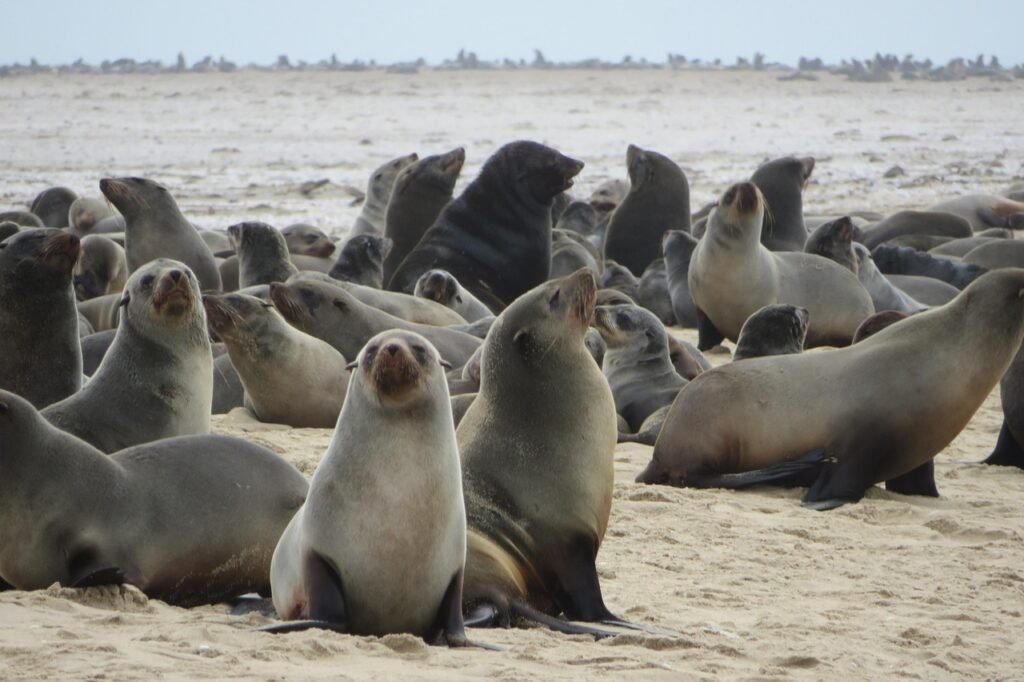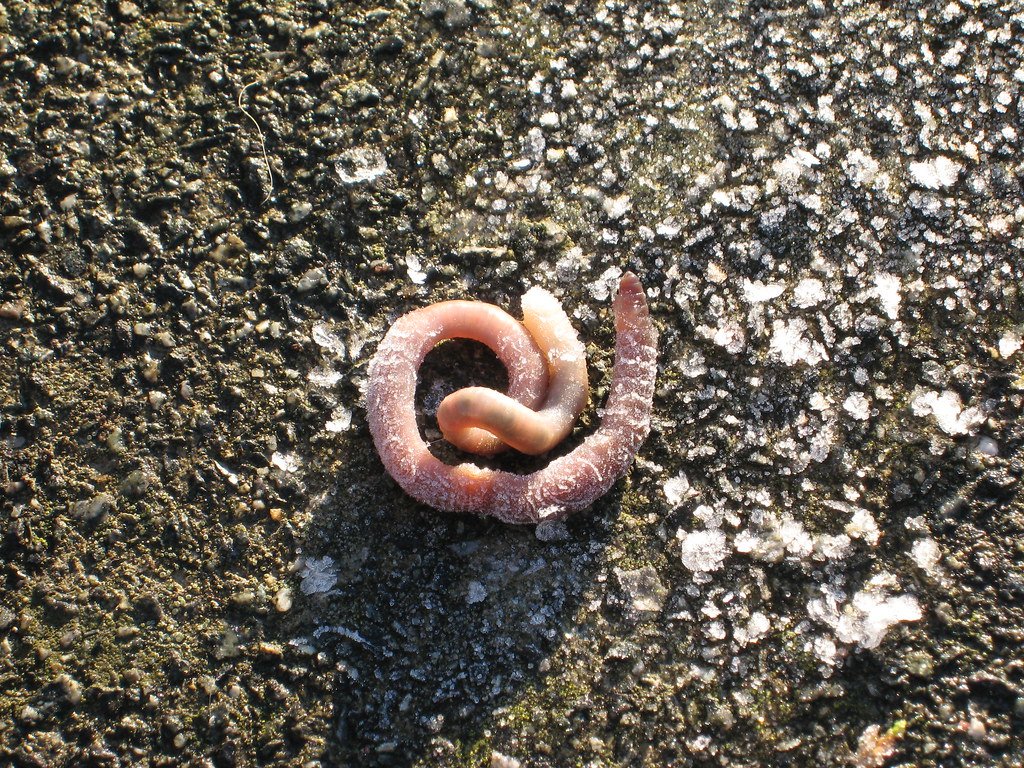Imagine waking up at 3 a.m. to find your cat sprinting across the living room like a wild cheetah. Or maybe you’ve caught your feline friend kneading your favorite blanket while purring like a tiny engine. To any cat lover, these antics are equal parts hilarious, confusing, and strangely endearing. But what if I told you that every weird thing your cat does is actually a window into their mysterious, ancient instincts? Today, we’re pulling back the curtain on 15 of the strangest cat behaviors you’ll ever witness—and revealing what science says is really going on inside your kitty’s mind.
The Midnight “Zoomies”
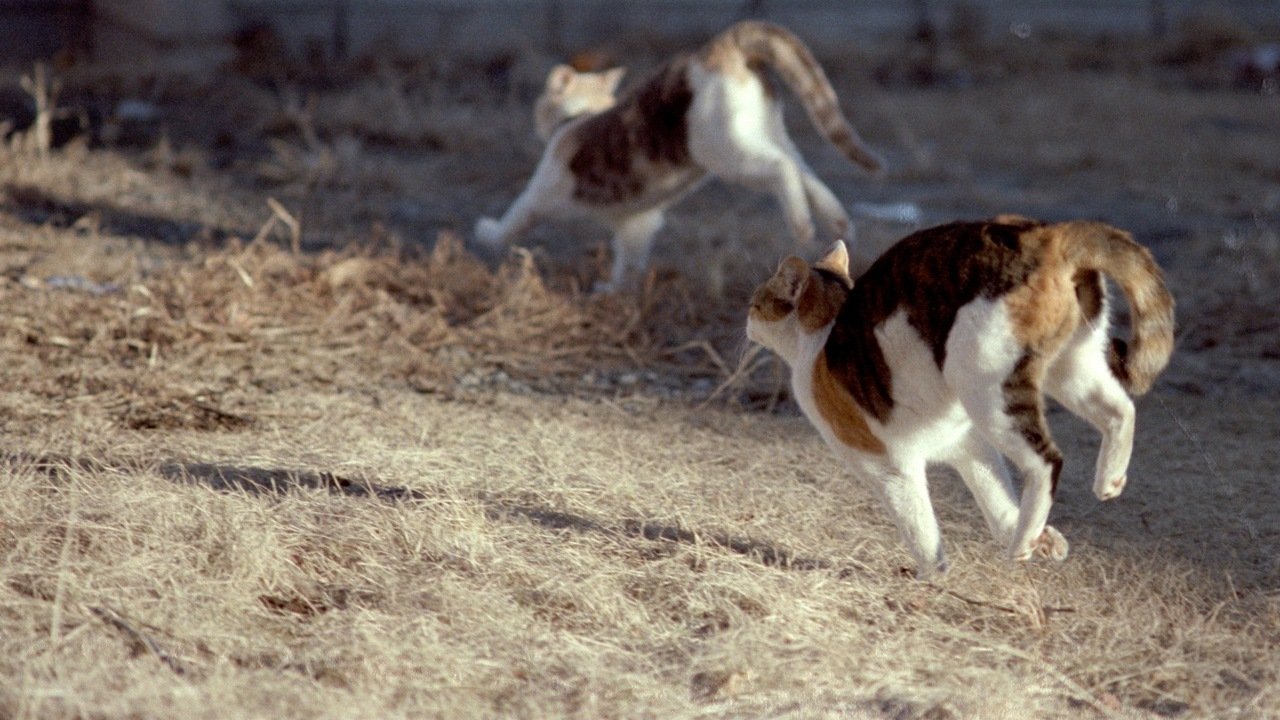
If you’ve ever heard the thunder of tiny paws racing through the hallway in the middle of the night, you’re not alone. This frantic dashing is called “midnight zoomies,” and it’s not just your cat being mischievous. Felines are naturally crepuscular, which means they’re most active at dawn and dusk. In the wild, this is when their prey is out and about. Even inside our homes, that ancient hunting instinct remains. The zoomies are simply your cat’s way of burning off pent-up energy—it’s their own version of a spontaneous workout. Sometimes, a lack of daytime stimulation can make these zoomies even more dramatic.
Kneading Soft Surfaces
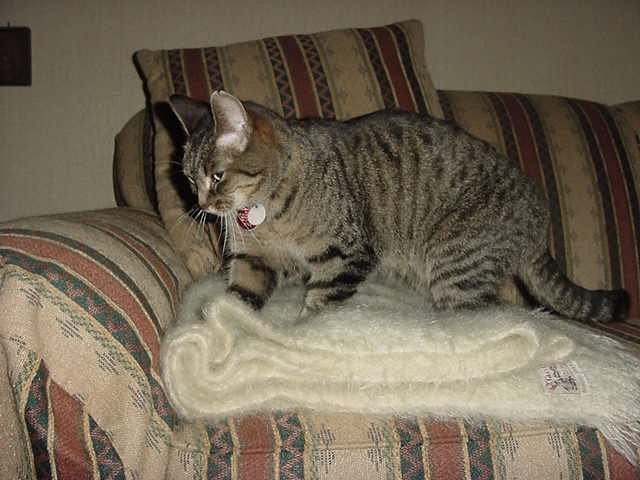
Does your cat push its paws rhythmically into blankets or your lap? This is called kneading, and it’s one of the cutest, most mysterious behaviors. Cats start kneading as kittens to stimulate their mother’s milk flow. As adults, they keep this habit as a comforting ritual. Scientists believe kneading releases endorphins, giving cats a sense of security and happiness. It’s a sign your cat feels safe and content. Some even think kneading marks territory, as cats have scent glands in their paws.
Chattering at Birds
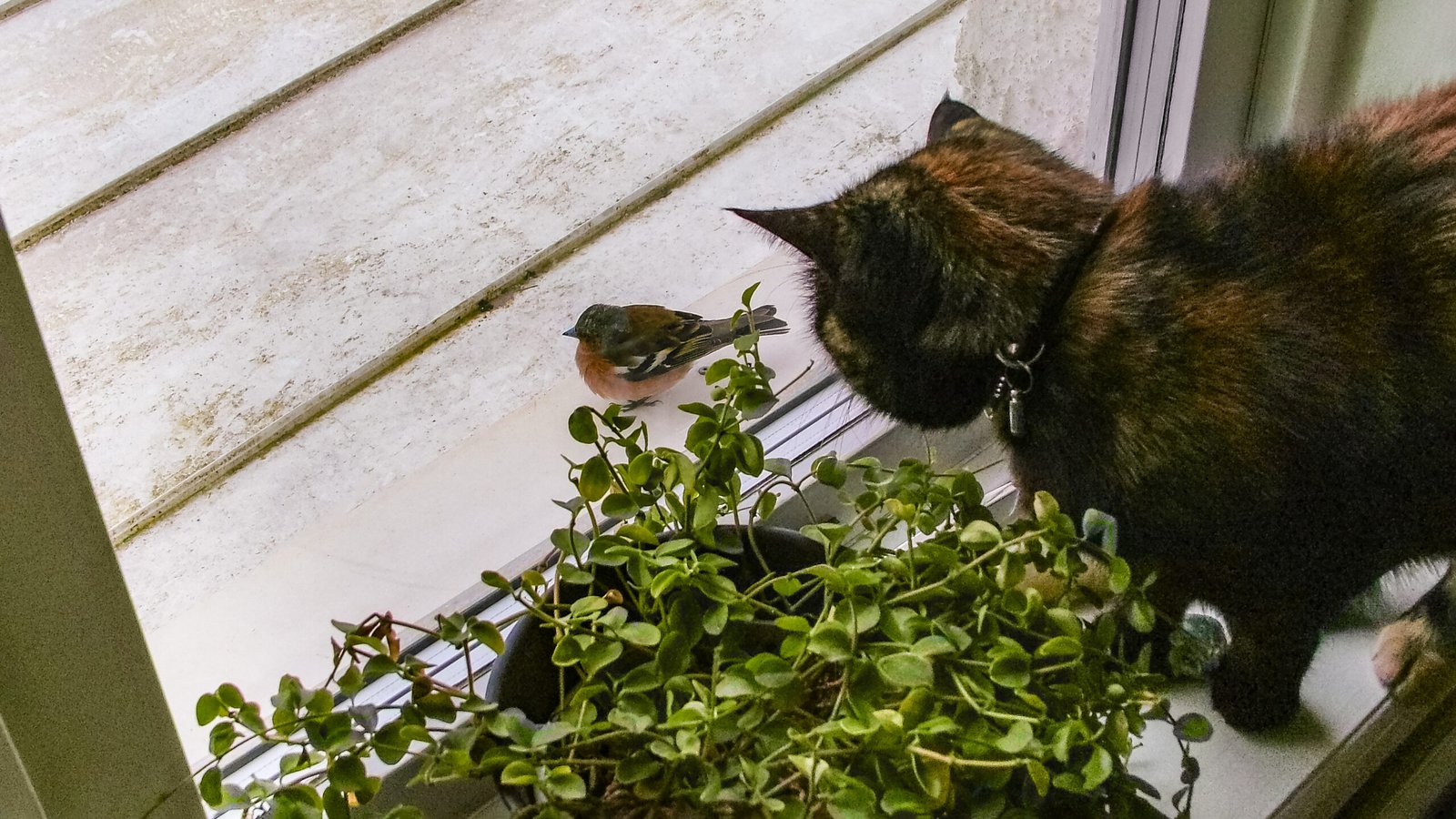
Ever seen your cat perched on a windowsill, fixated on a bird, and making rapid, chattering noises with their teeth? This odd sound is more than just excitement. Researchers think it’s a mix of frustration and instinct. Your cat is hardwired to hunt, but with a window in the way, their only outlet is this strange vocalization. Some scientists believe the chatter mimics the bite they’d use to kill prey, while others say it’s just pure feline exasperation at not being able to pounce.
Head-Butting and Face Rubbing
When your cat bumps its head against you or rubs its cheeks on the furniture, it’s not just being affectionate—it’s also laying claim. Cats have scent glands on their heads and faces, and by rubbing on you or your stuff, they’re marking their territory. This behavior, called “bunting,” mixes affection and ownership. In cat language, it’s a compliment: “You’re part of my world.” Next time your cat gives you a gentle nudge, know you’ve been officially accepted into its inner circle.
Slow Blinking
If your cat looks at you and slowly closes its eyes, consider yourself lucky. This slow blink is a feline sign of trust and affection. In the wild, closing one’s eyes means vulnerability. When your cat does this in your presence, it’s saying, “I feel safe with you.” Cat behaviorists even recommend slow blinking back as a way to bond with your pet. It’s a silent, peaceful conversation only true cat people understand.
Bringing “Gifts”
There’s nothing quite like finding a dead mouse or a toy in your shoe. While it may seem gross or puzzling, this behavior is rooted in your cat’s hunting instincts. In the wild, mother cats bring prey to their kittens as lessons in survival. When your house cat drops a “gift” at your feet, it’s their way of caring for you—or showing off their skills. It might not be the present you wanted, but it’s a sign your cat sees you as family.
Staring Into Space
Ever notice your cat staring intently at a blank wall or into the void? This behavior, often called “catatonic staring,” can be eerie. Scientists suggest that cats’ senses are far sharper than ours. They might be hearing subtle noises, picking up vibrations, or even spotting tiny bugs invisible to us. Sometimes, it’s their way of zoning out and relaxing. But if your cat does this for long periods or looks disoriented, it’s worth checking with your vet.
Ignoring You (Until It’s Feeding Time)
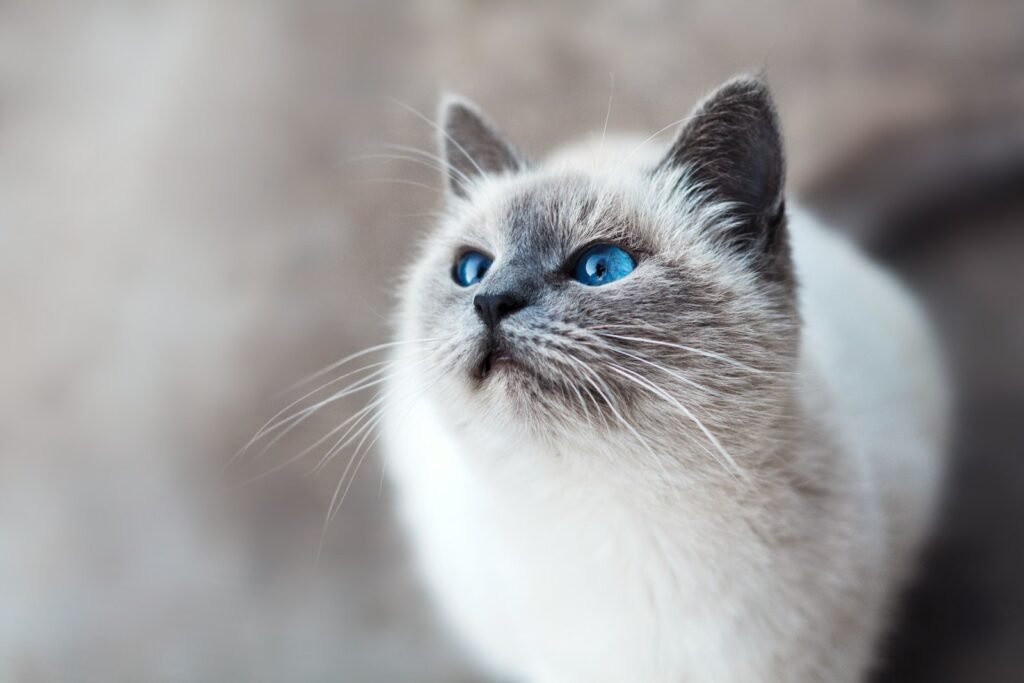
Cats have a reputation for aloofness—ignoring their humans all day, only to suddenly appear at the sound of a can opening. This isn’t just rudeness; it’s a survival strategy. In the wild, being independent and cautious kept cats safe. Domestic cats have learned to use their charm and timing to their advantage, appearing affectionate when they want something, and keeping their distance otherwise. It’s a delicate social dance, and you’re playing your part.
Tail Quivering
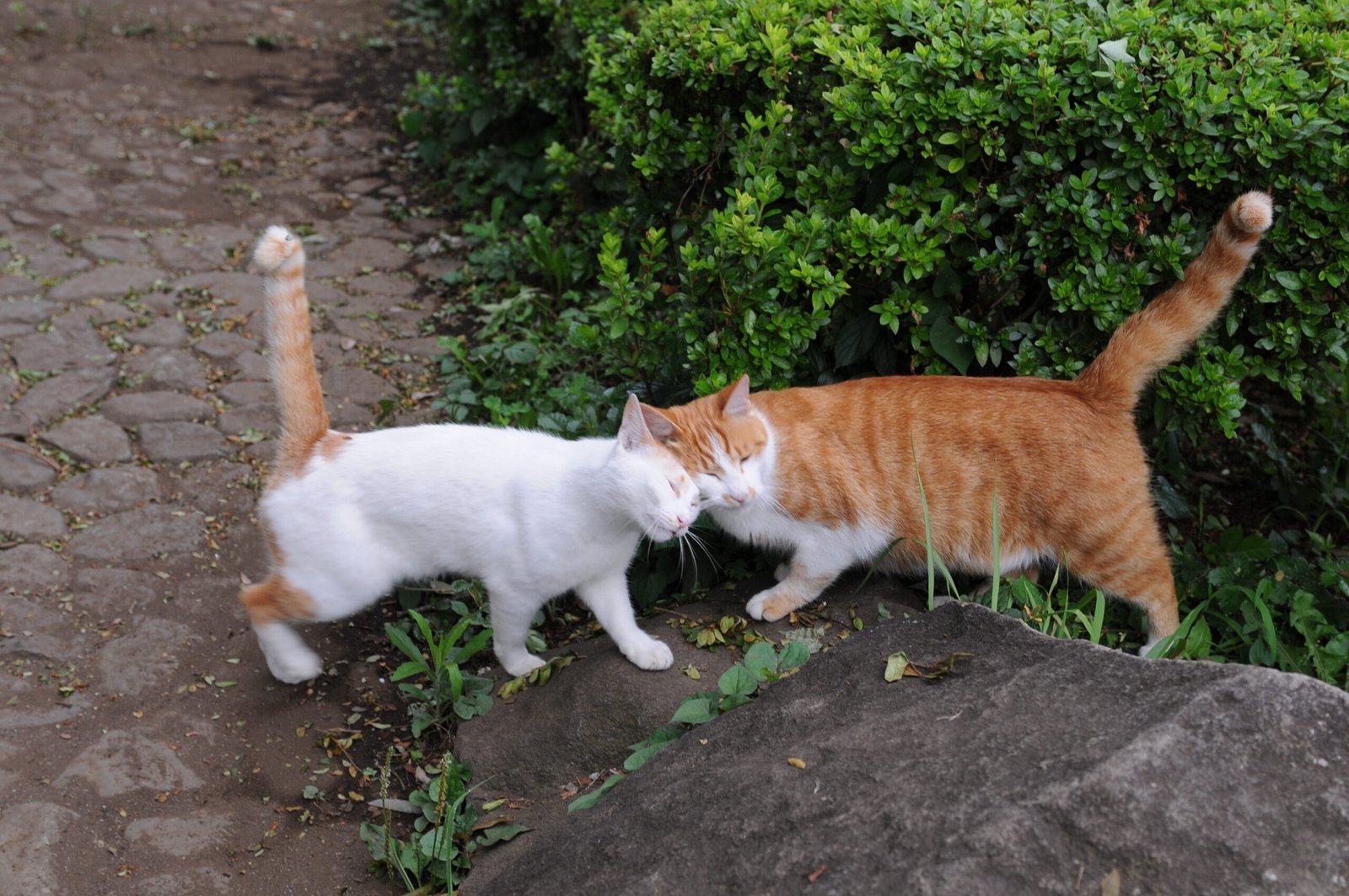
When your cat stands with its tail straight up and the tip quivering, it’s not just excitement. This gesture is a complex form of feline communication. Sometimes, it’s a friendly greeting or a display of affection. Other times, it’s a way of marking territory—especially if accompanied by a little spray from unneutered males. In most cases, though, it means your cat is happy to see you. It’s like their version of a joyful wave.
Sudden Bursts of Aggression
One moment your cat is purring, the next it’s biting your hand. This “petting-induced aggression” is confusing but common. Cats are sensitive creatures, and too much petting can overstimulate their nerves. Their tolerance varies, and when they’ve had enough, a quick nip is their way of saying, “Let’s take a break.” Learning to read the subtle signs—tail flicks, flattened ears—can save you from surprise scratches.
Rolling Onto Their Back
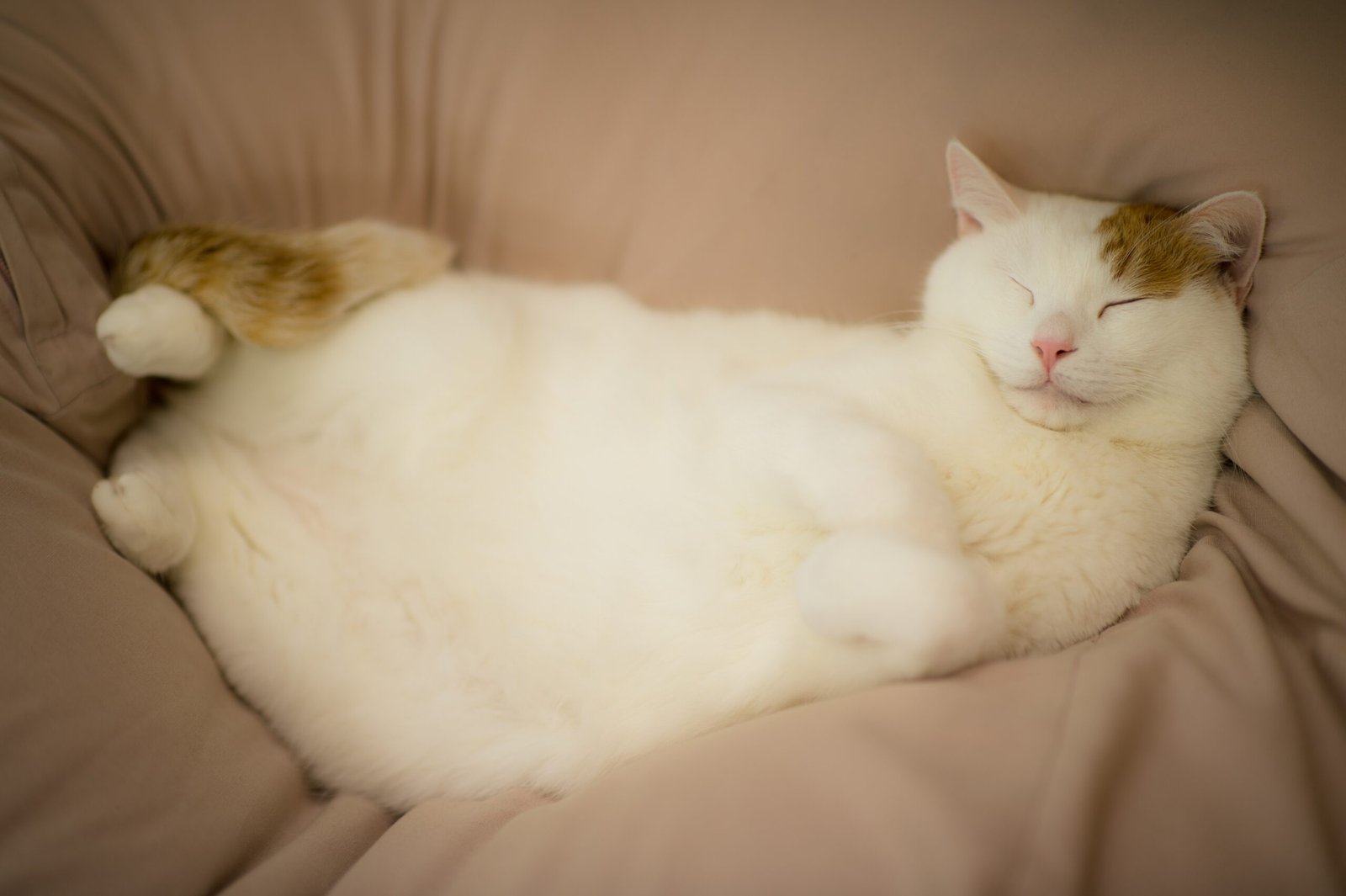
When a cat flops onto its back and exposes its belly, it looks like an invitation for tummy rubs. But beware: for many cats, this is a vulnerable position, and not all want their stomach touched. In the wild, only the most relaxed and secure cats show their bellies. It’s a sign of trust, but also a defensive posture—ready to use all four paws if needed. If you’re lucky enough to have a cat that enjoys belly rubs, consider it a rare gift!
Eating Non-Food Items (Pica)
Some cats develop a fascination with eating things like plastic, wool, or even houseplants. This condition, called pica, can have many causes—boredom, anxiety, or nutritional deficiencies. In some breeds, such as Siamese, it’s more common. While a little chewing is normal, excessive pica can be dangerous. If your cat has this quirk, providing more stimulation and consulting your vet are smart steps to keep them safe.
Sleeping in Bizarre Places
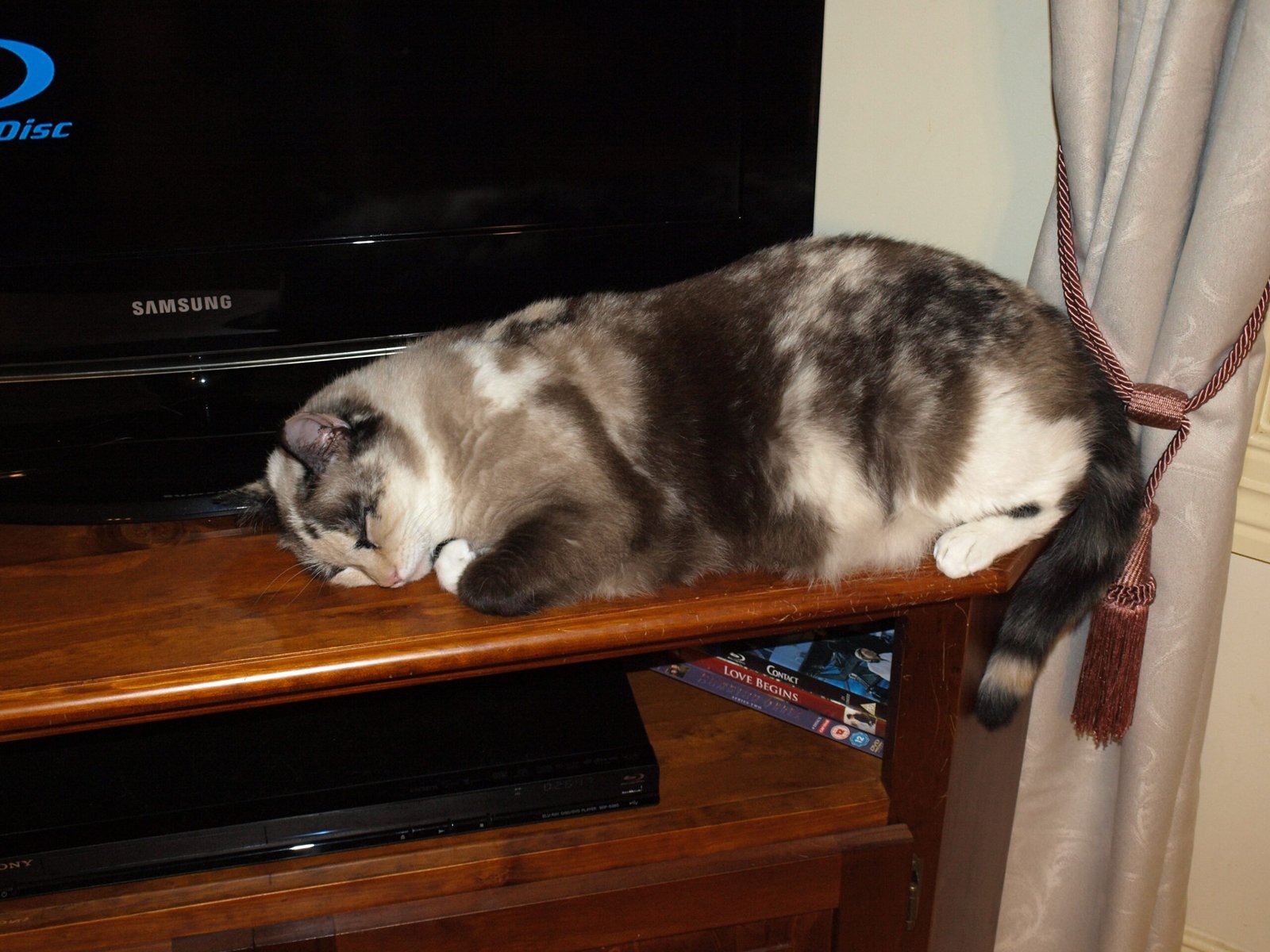
Why do cats ignore the plush bed you bought and squeeze into a shoebox or perch atop the fridge? For cats, safety and warmth matter more than luxury. Small, enclosed spaces make them feel secure from predators, while high perches give them a commanding view. This instinct is hardwired from their wild ancestors, who needed to sleep where they wouldn’t be easily ambushed. If your cat picks odd napping spots, it’s just following nature’s blueprint.
Sudden Dashing After Using the Litter Box
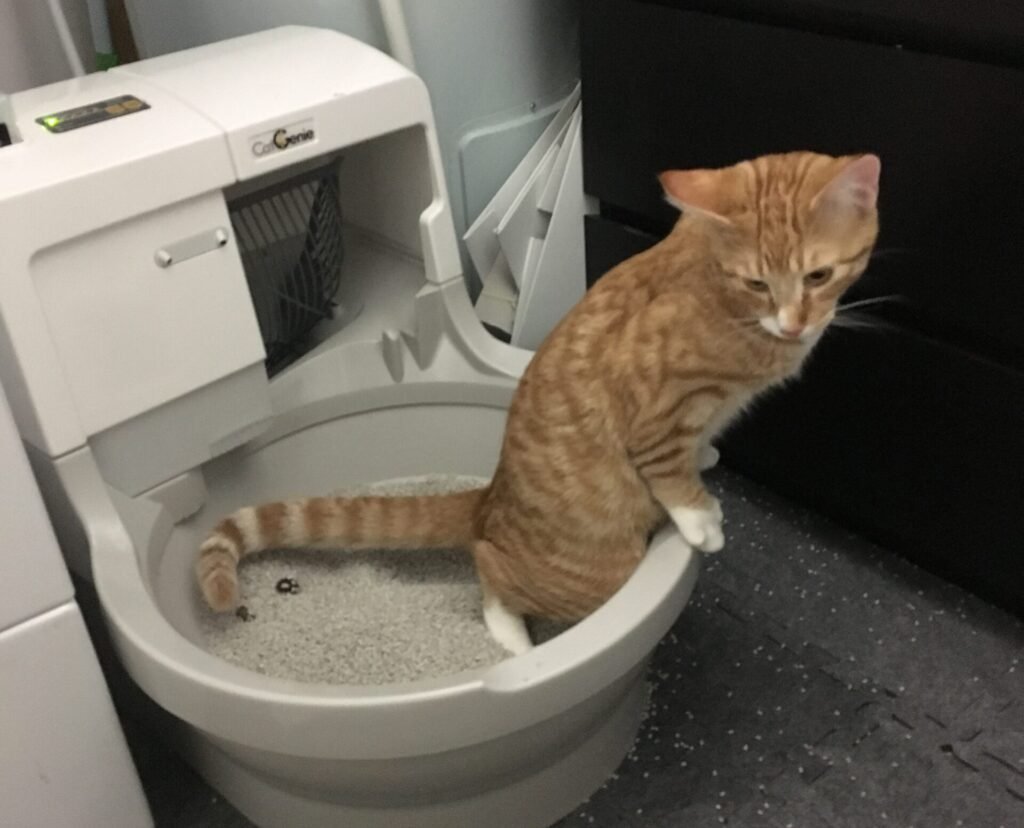
It’s almost comical to watch a cat bolt from the litter box at top speed. This post-poop sprint is believed to be a leftover instinct from wild cats, who would quickly leave their waste behind to avoid attracting predators. Some behaviorists also speculate that this energetic dash is a feeling of relief or even a little celebration. It’s a quirky, harmless behavior that leaves many owners scratching their heads.
Chirping or Trilling
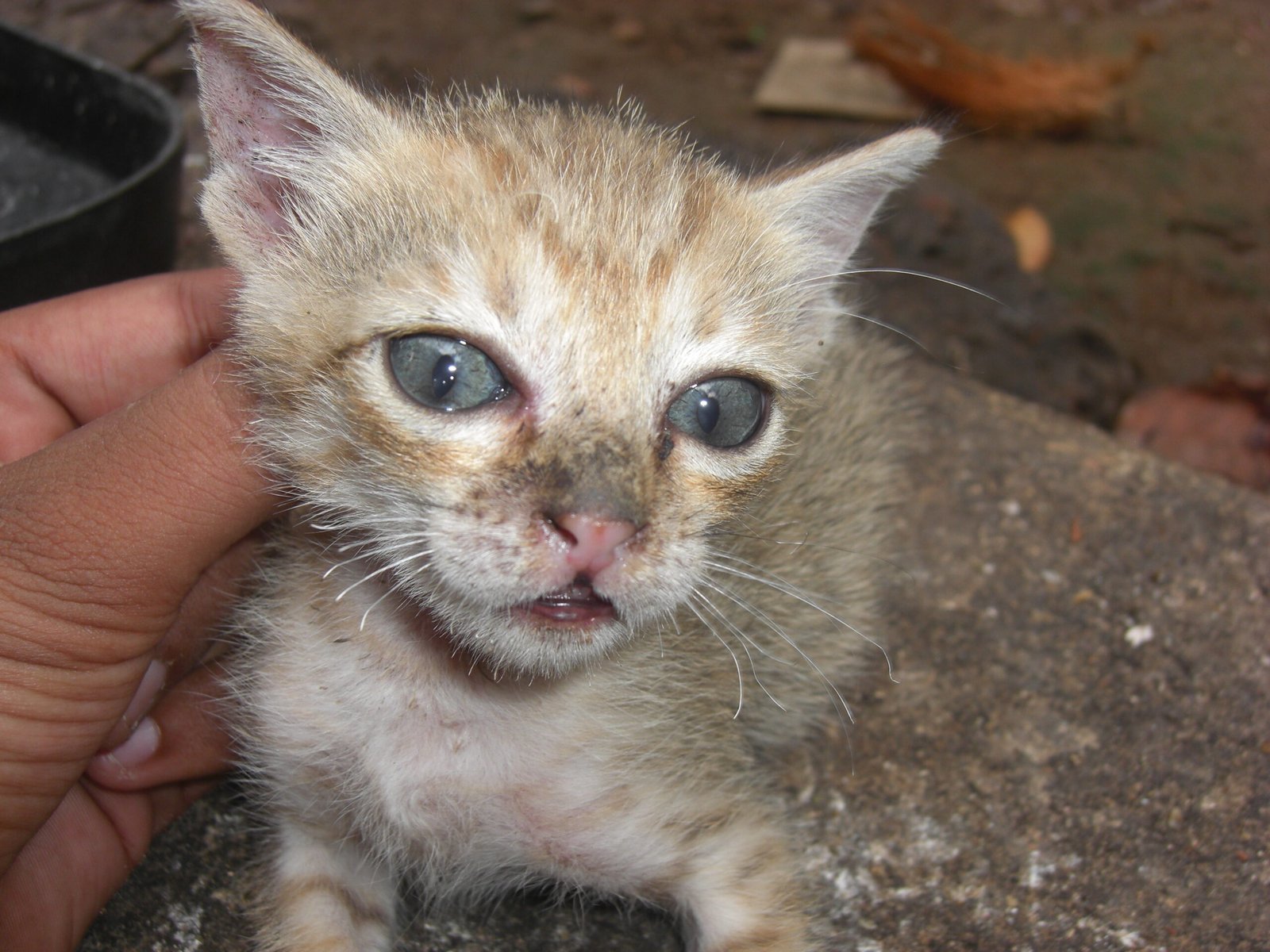
Unlike meows, which are often directed at humans, chirps and trills are unique vocalizations cats use to communicate with each other—and occasionally with us. Mother cats trill to get their kittens’ attention, and adult cats may chirp when excited or greeting someone they like. If your cat greets you with a happy trill, it’s their way of saying hello in their own feline language.
Obsession With Boxes
Put down a cardboard box, and your cat will probably climb inside within seconds. This universal cat obsession is more than just adorable—it’s about protection and play. Boxes are like instant forts, offering safety from all sides. Scientists have found that hiding in boxes reduces feline stress, making them feel invisible and secure. Plus, boxes are just fun to jump in and out of, especially for curious, playful minds.
Water Fascination (and Fear)
Some cats paw at dripping taps or watch the bathtub fill with wide-eyed wonder, while others recoil at the slightest splash. This love-hate relationship with water is a mix of curiosity and caution. In the wild, flowing water is safer than still, so some cats are drawn to moving streams. But their dense fur doesn’t dry quickly, so most avoid full immersion. If your cat loves batting at running water, it’s just indulging ancient instincts.
Grooming Other Pets (or People)
If your cat licks your hair or grooms the family dog, it’s showing affection and reinforcing social bonds. Cats groom each other to strengthen relationships and share scent, making everyone part of the same “tribe.” When your cat grooms you, it’s a high compliment—you’re officially family. It’s also soothing for them, a way to express trust and care.
Stalking and Pouncing on Invisible Prey
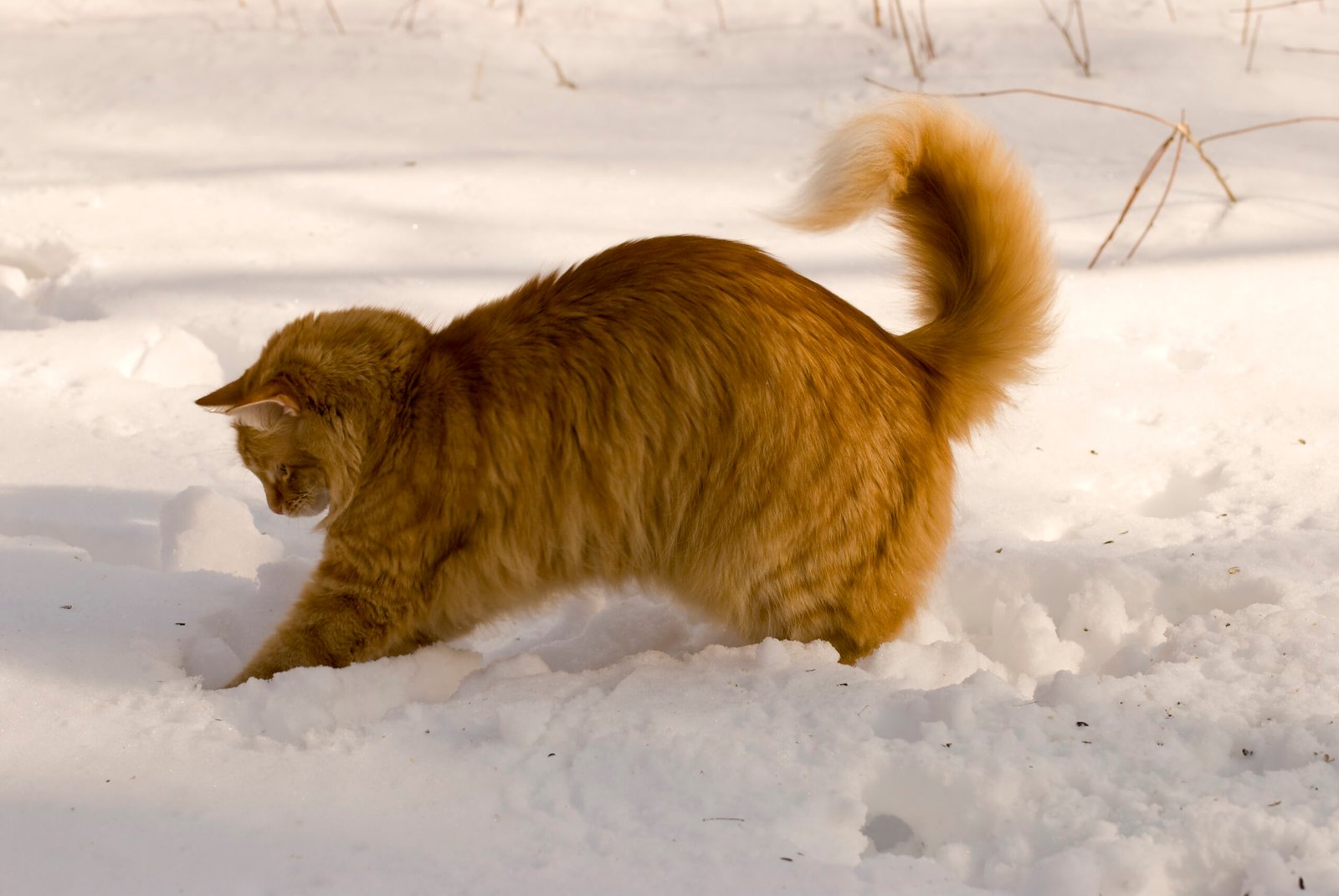
You’ve probably seen your cat crouch low, wiggle its hindquarters, and spring into the air—often at nothing at all. This is classic hunting practice. Even well-fed house cats need to flex their predatory muscles. Pouncing on toys, dust motes, or imaginary prey keeps their reflexes sharp and satisfies deep-rooted instincts. It’s also great entertainment, both for them and for anyone watching.
Loving High Places
Cats are natural climbers, and many can’t resist the call of a bookshelf or the top of the wardrobe. In the wild, elevation equals safety and a better view of potential prey or threats. Indoors, your cat’s love for high places is a throwback to those survival days. Providing cat trees or shelves can make your home even more appealing to your feline explorer.
Sudden Disinterest in Favorite Toys
Ever bought a fancy new toy, only to watch your cat ignore it after a week? Cats are fickle, but there’s science behind their short attention spans. Novelty excites their brains, but once a toy becomes familiar, it loses its thrill. This behavior is called “habituation.” Rotating toys or introducing new challenges can reignite that spark and keep your cat’s mind sharp and curious.

Jan loves Wildlife and Animals and is one of the founders of Animals Around The Globe. He holds an MSc in Finance & Economics and is a passionate PADI Open Water Diver. His favorite animals are Mountain Gorillas, Tigers, and Great White Sharks. He lived in South Africa, Germany, the USA, Ireland, Italy, China, and Australia. Before AATG, Jan worked for Google, Axel Springer, BMW and others.


